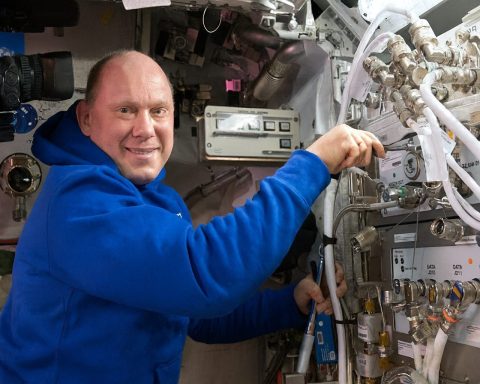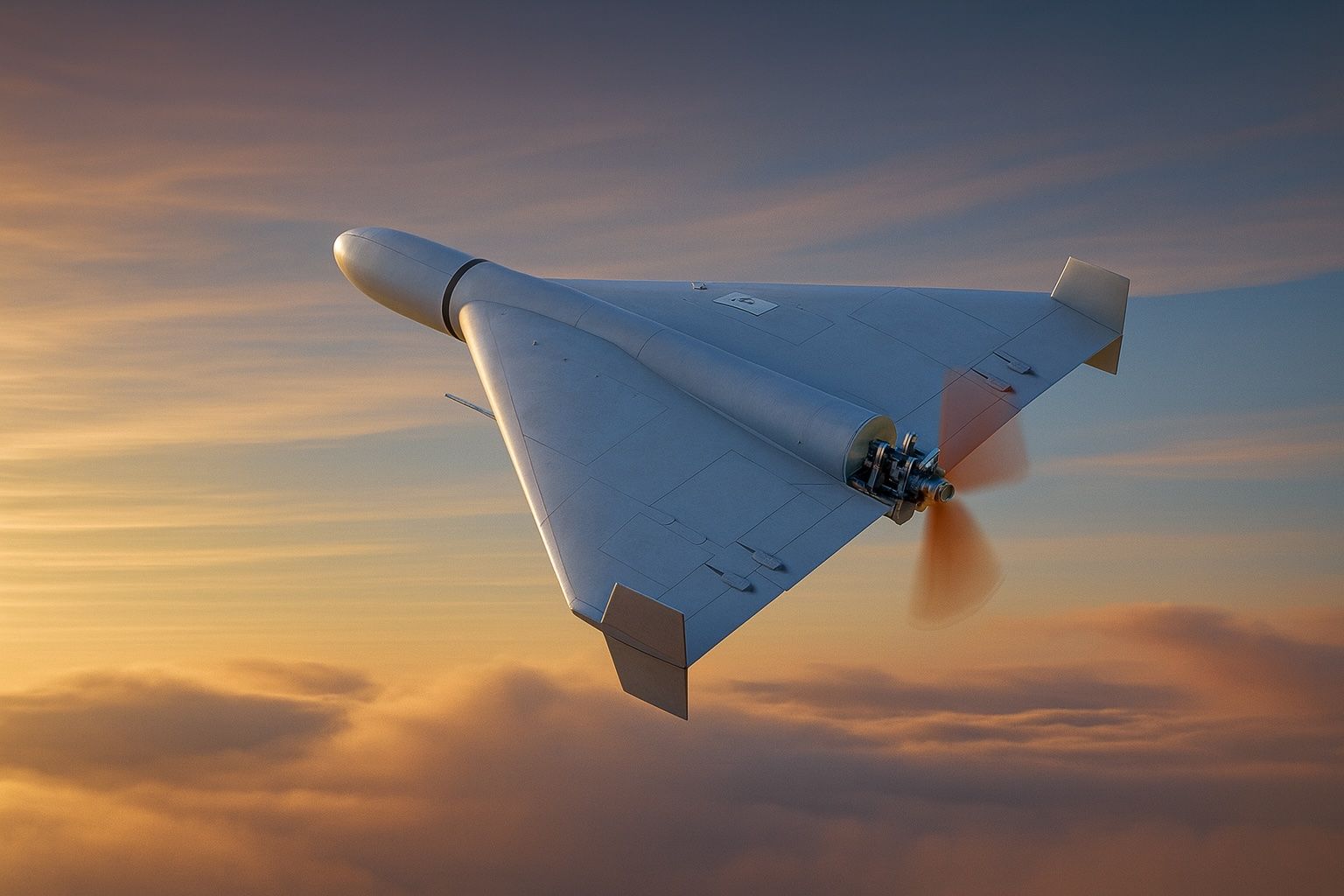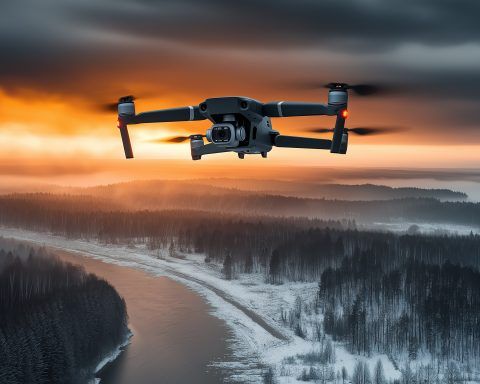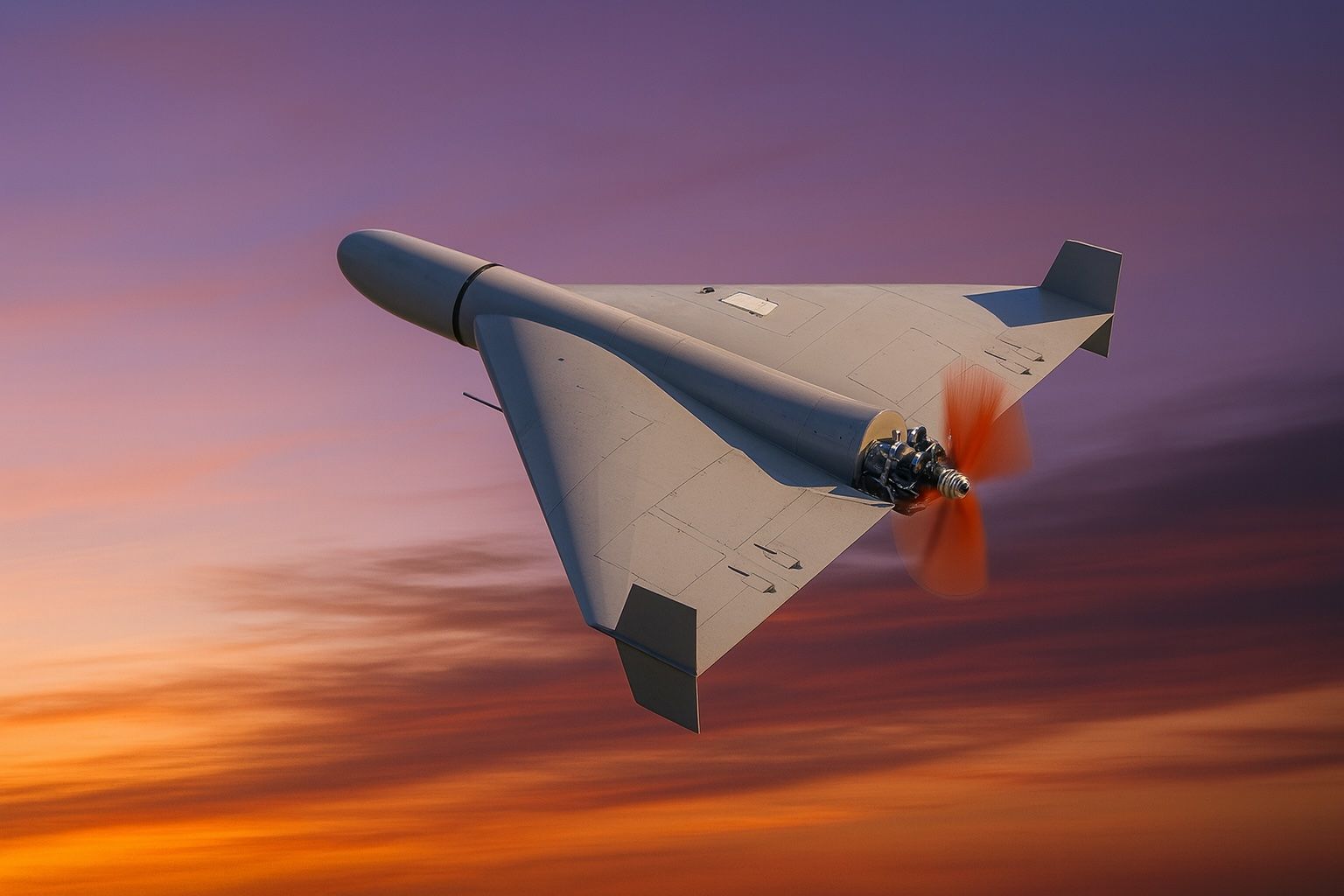
AUKUS Boost for Scotland: Rosyth Dockyard to Build US Virginia-Class Submarine Modules as HMS Formidable Keel Is Laid
On 10 December 2025, Scotland’s Rosyth dockyard cemented its position at the heart of allied naval shipbuilding, as new details emerged of a major US submarine contract just one day after the keel was laid for the Royal Navy’s third










